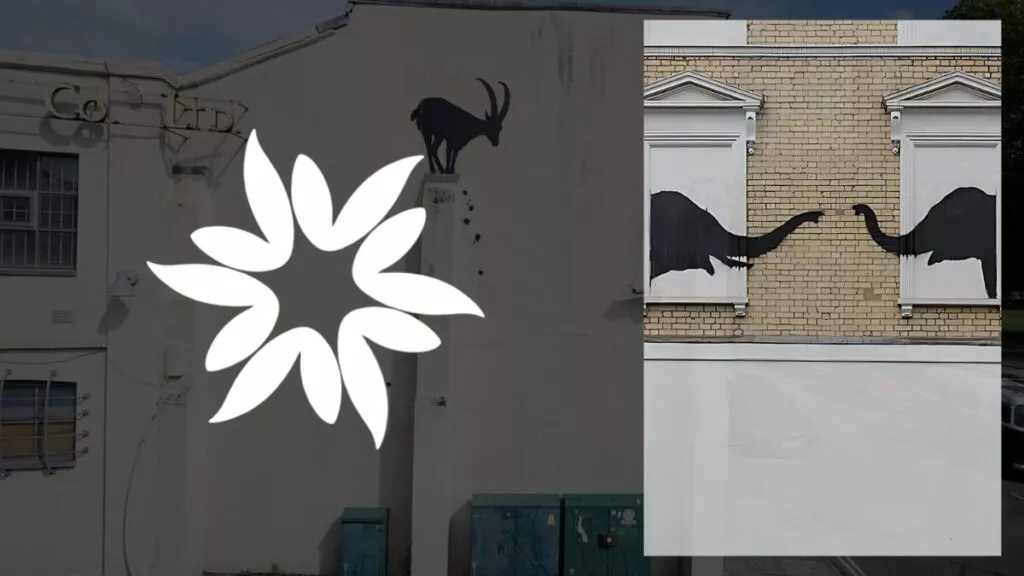Key Takeaways
- The 18th International Architecture Exhibition at the Venice Architecture Biennale, curated by Lesley Lokko, focuses on the themes of race, colonialism, and climate change, diverging from previous exhibitions and offering a space for Africa and its diaspora to redefine narratives in architecture.
- Lokko's exhibition presents two distinct narratives: one highlighting historical injustices through architecture and the other envisioning a futuristic perspective through sci-fi elements. The exhibition aims to challenge Western dominance in shaping global history and architectural visions.
- Installations like "unknown, unknown: A Space of Memory" bring to light the tragic experiences of individuals, such as Isabella Gibbons, a slave at the University of Virginia, and reflect the violent history of racial injustice within architectural settings.
- The exhibition also presents an optimistic future through installations by artists like Olalekan Jeyifous, envisioning a continent where cooperative efforts and green technologies replace extractive imperialist infrastructures.
- Underrepresented themes, such as collective labor movements, recycling, migration, incarceration, storytelling, and Indigenous design practices, are explored in various installations. The exhibition also sheds light on architectural practices enabled by inherited wealth for the first time in the Biennale's history.
- Lesley Lokko provides space for emerging architects, labeled "Guests from the Future," to express their disapproval of the environmentally deteriorating world and challenge the direction of future growth in the field.
- The exhibition subtly reflects the influence of the Covid-19 pandemic, with installations referencing masks and emphasizing the need to reorient architectural principles to recognize and respect Africa and its descendants as part of architectural heritage.
- The Venice Architecture Biennale under Lokko's curation expands the boundaries of architectural discourse, challenging assumptions about architecture's past, present, and future. It urges attendees and the architectural community to reimagine and reshape the built environment.
The Venice Architecture Biennale, an event renowned for its sleek displays of contemporary architecture and design, has veered towards uncharted territories this year under the curatorship of Lesley Lokko, a Scottish-Ghanaian architect and academic.
Lokko’s exhibition bravely tackles the intertwined themes of race, colonialism, and climate change, presenting a stark contrast to previous exhibitions.
A Shift in Narrative
Historically, Western powers utilized slave labor and colonial expansion to construct magnificent architectural structures, often neo-Classical, symbolizing their political control.
This year’s Biennale, the 18th International Architecture Exhibition, offers a space for Africa and its diaspora to recast these narratives on their own terms and imagine alternative outcomes.
Lokko’s display comprises two distinct narratives: one recounting historical injustices through the lens of architecture, and the other envisioning the future through an exuberant sci-fi perspective.
The former employs architecture as a mnemonic device to echo historical realities and traditional design practices. The latter reimagines an optimistic future using architecture as a time-traveling vessel.
Recollecting the Past
A memorable installation, “unknown, unknown: A Space of Memory,” brings the tragic tale of Isabella Gibbons to life.
Gibbons, a slave at the University of Virginia in the 1850s, serves as the centerpiece of this installation.
Her painful experience in the neo-classical setting of Thomas Jefferson’s architecture reflects the violent history of racial injustice in the architectural setting of the time.
Rethinking the Future
The other segment of Lokko’s exhibition presents an optimistic, futuristic vision through the work of Nigerian-born, Brooklyn-based artist, Olalekan Jeyifous.
His Pan-African inspired installation imagines a continent where extractive imperialist infrastructures are supplanted by cooperative efforts to advance green technologies.
Challenging the Western Dominance
Lokko’s overarching aim is to challenge the Western world’s preeminence in shaping global history, including architectural history, and dictating the vision of future cities. In her view, the narrative of architecture is incomplete.
Her ambition reflects in the exhibition’s seemingly innocuous title, “The Laboratory of the Future,” which she utilizes to make pointed statements about how design is influenced by socio-political movements and anxieties about climate change, economic instability, and the rise of artificial intelligence.
This year’s Biennale, the 18th International Architecture Exhibition, offers a space for Africa and its diaspora to recast these narratives on their own terms and imagine alternative outcomes.

Highlighting Underrepresented Themes
Various installations and displays explore a wide array of themes, often ignored in previous Biennales, like collective labor movements, recycling of materials, migration, incarceration, storytelling, and Indigenous design practices.
Notably, for the first time in the Biennale’s history, the exhibition brings to light the architectural practices enabled by inherited wealth.
Creating Space for the Future
As part of her endeavor to reshape the narrative of architecture, Lokko, apart from honoring the seasoned Nigerian architect, Demas Nwoko, has also provided space to the work of 22 emerging architects whom she dubs “Guests from the Future.”
Their work expresses a poignant disapproval of the environmentally deteriorating world they’ve inherited, often reflecting their skepticism about the direction of future growth in the field.
A Glimpse into the Pandemic’s Influence
Some installations subtly mirror the repercussions of the Covid-19 pandemic.
For instance, a series of busts by American architect Germane Barnes near the entrance to the Arsenale wear futuristic masks reminiscent of gas masks and N-95s.
The exhibition also highlights the architect’s need to reorient foundational principles that recognize and respect Africa and its descendants as a vital part of architectural heritage.
An Overflow of Architectural Narratives
The Biennale often felt overwhelming due to its extensive array of architects, images, and wall texts.
Some sections appeared overloaded, embodying a fitting metaphor for Venice, a city grappling with climate change’s persistent threat.
Lokko’s attempts to compensate for years of overlooked architectural and urban ideas at the Biennale manifest in this extensive collection, leading to a sense of information flooding over the visitor.
Despite the overflow, Lokko admirably manages the exhibition’s vast scope, directing the waves of information to create a compelling narrative.
Conclusion: A Historic Architecture Biennale
The 18th International Architecture Exhibition in Venice represents a turning point in the event’s history.
Curated by Lesley Lokko, the event has tackled contemporary issues with an unparalleled frankness.
From its exploration of the impacts of colonization, slavery, and climate change, to its challenge against Western dominion over architectural history and future visions, the Biennale redefines how we perceive the built environment.
Yet, it goes beyond merely presenting an alternative perspective. Through the introduction of thought-provoking installations, this year’s Biennale takes on the ambitious task of urging its attendees and the broader architectural community to reimagine and reshape architecture, to serve as a vehicle for remembering, envisioning, and impacting our world.
It poses difficult questions, provoking us to reconsider our assumptions about architecture’s past, present, and future, and leaves us pondering: can we change the story?
In the face of these grand ambitions and confronting explorations, it’s clear that the Venice Architecture Biennale, under Lokko’s curation, has undoubtedly expanded the boundaries of architectural discourse.
While the ripple effects of this bold move are yet to be seen, one thing is clear: the architecture world is in the midst of a sea change, and Lokko’s Biennale is right at the heart of it.








